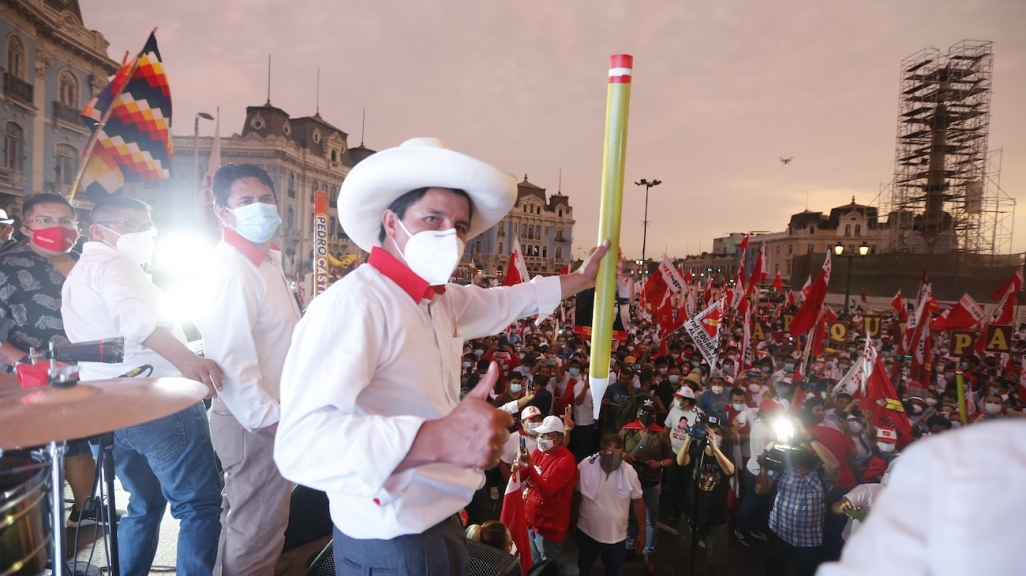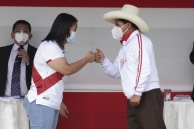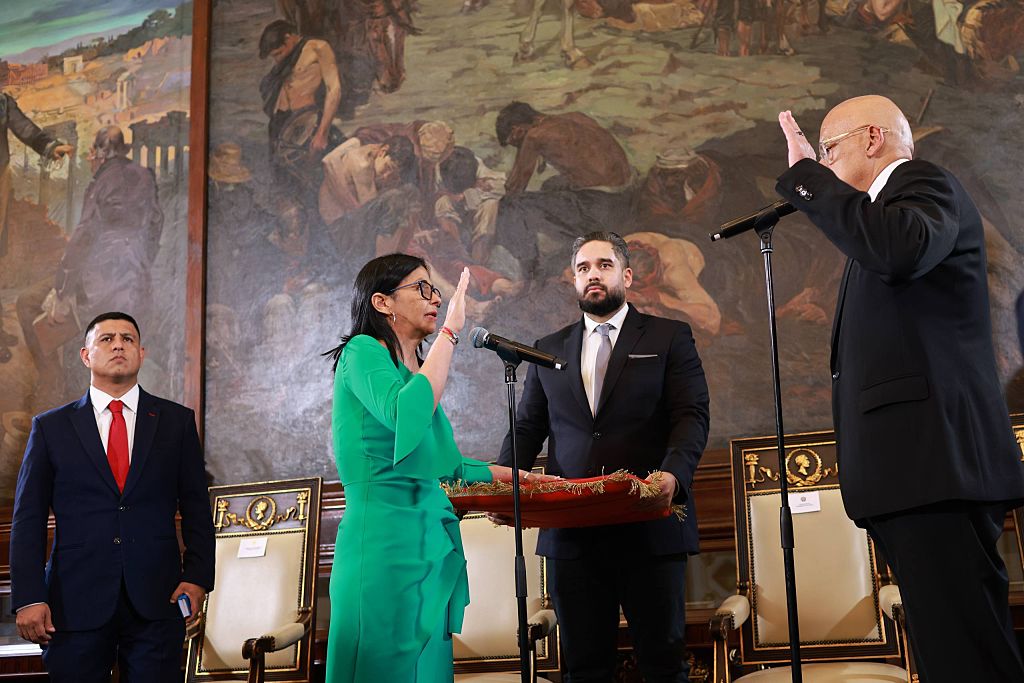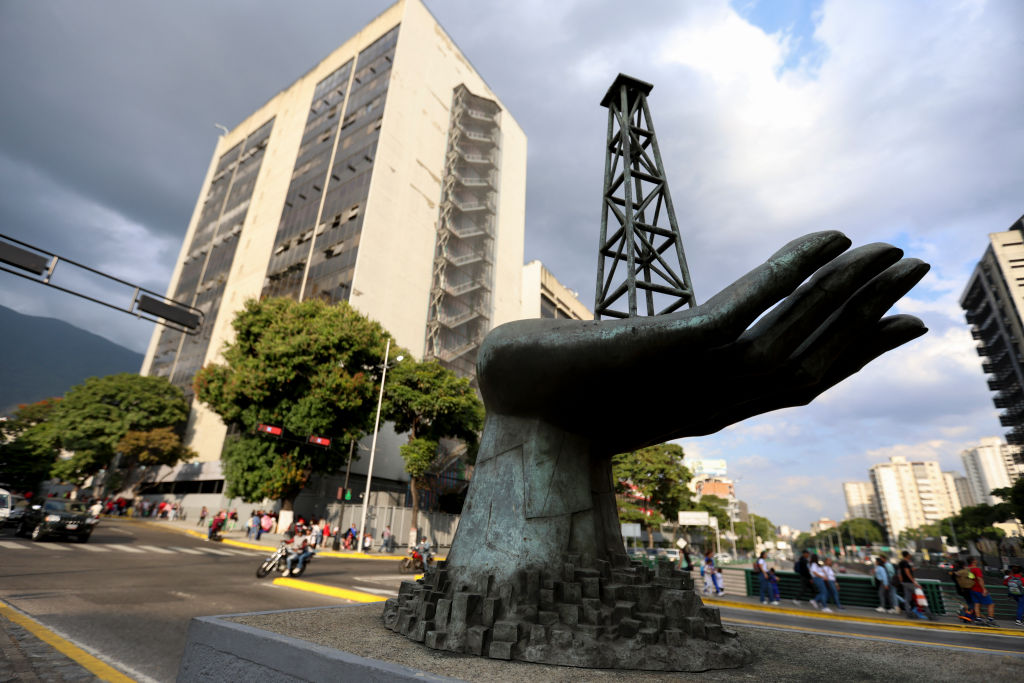Opposite Corners: Castillo and Fujimori to Spar in Peru’s Second Round
Opposite Corners: Castillo and Fujimori to Spar in Peru’s Second Round
The electorate’s apathy is giving way to antipathy as two of the most polarizing candidates move on to the June 6 runoff.
There were 18 official candidates in Peru’s April 11 presidential general election, meaning 306 possible runoff scenarios. The polls were so close—and within margins of error—that many were cautious to not make predictions.
But even with that level of circumspection, the result still caught many off guard. Leftist political novice Pedro Castillo will face right-wing political heiress Keiko Fujimori in the June 6 presidential runoff. The two polled at seventh and fifth, respectively, in Ipsos Peru’s final pre-vote survey at the end of March. Peru’s rules against publishing official polls in the week before the vote, also meant that late movements in the polls went undetected—especially Castillo’s rise.
With 99.4 percent of votes counted, Castillo of the Free Peru party won the first round with 19.1 percent of votes, while Fujimori of the Popular Force party took second with 13.4 percent. Additionally, Castillo was the top vote-getter in 17 of Peru’s 24 departments, while Fujimori was in just three. Ultraconservative businessman Rafael López Aliaga edged out economist Hernando de Soto for third, 11.7 percent to 11 percent. All other candidates finished below 10 percent and the combined share of those who cast blank or null votes was 17.7 percent, about half a point lower than in the last general elections five years ago.
In 2021, ten countries in Latin America hold elections—five of them presidential contests—while reeling from the pandemic's devastating impact.
Given the polarized race, this bicentennial election will be anything but a celebration. AS/COA Online previews the platforms of Pedro Castillo and Keiko Fujimori.
See how the race between Pedro Castillo and Keiko Fujimori is shaping up ahead of the June 6 vote.











